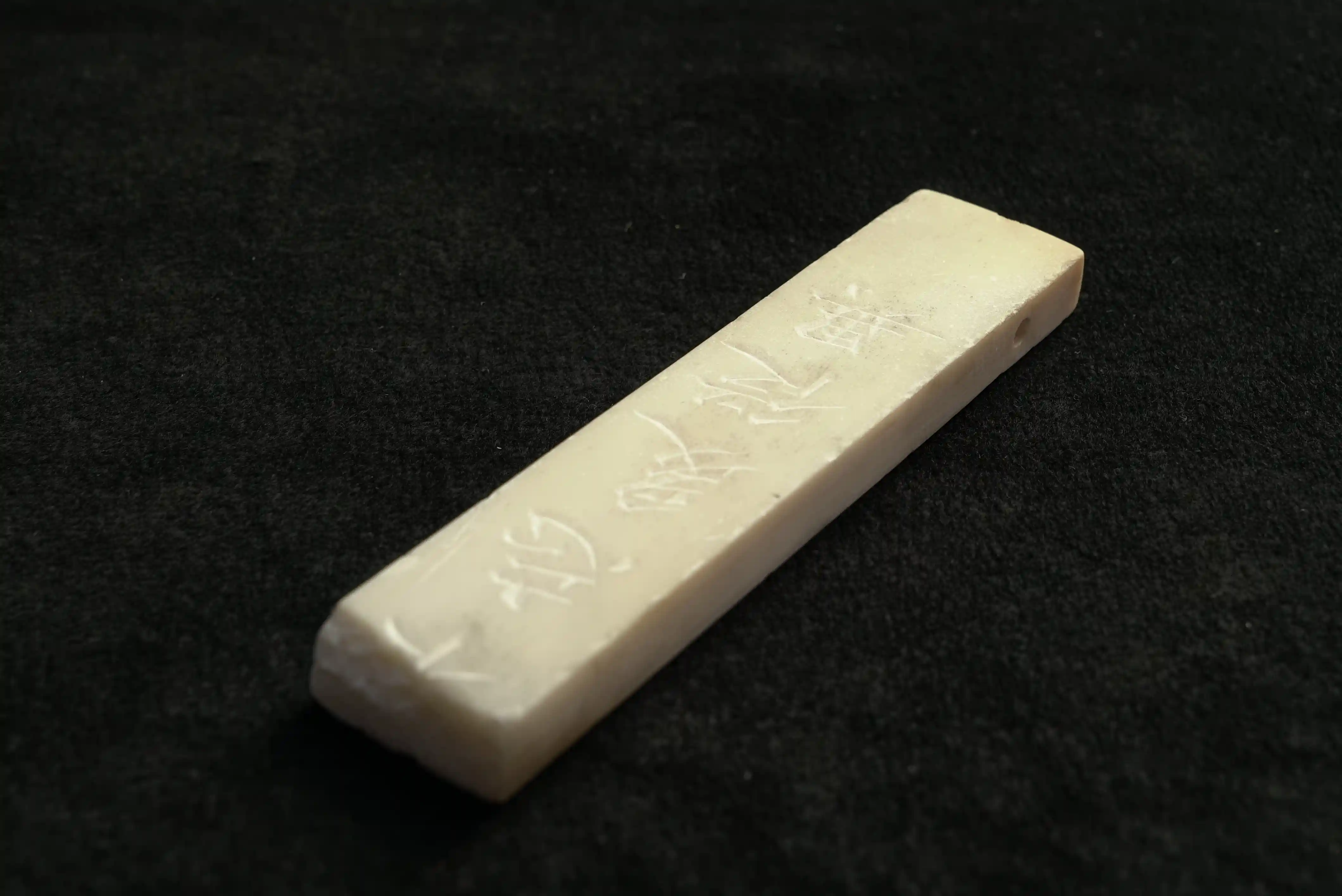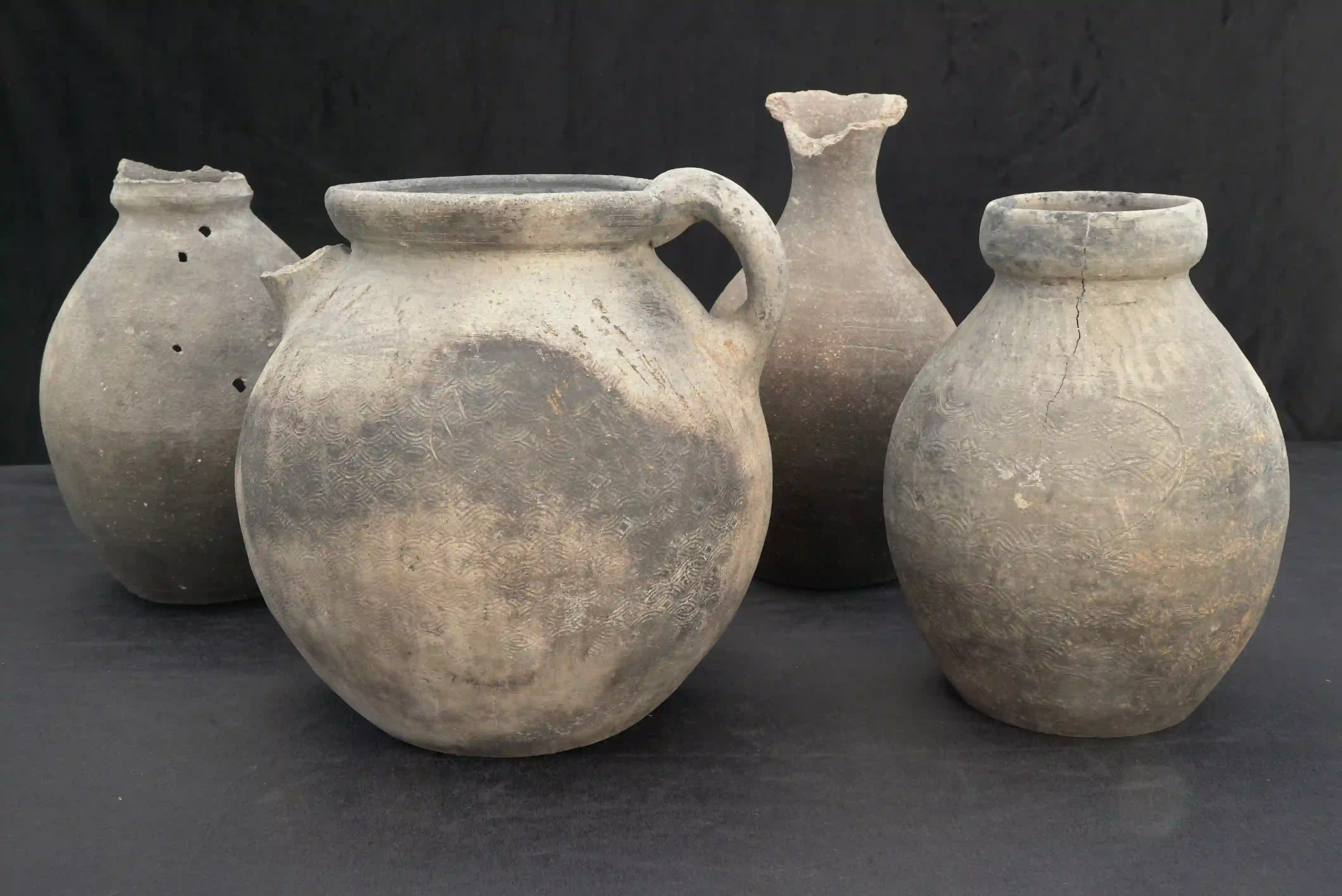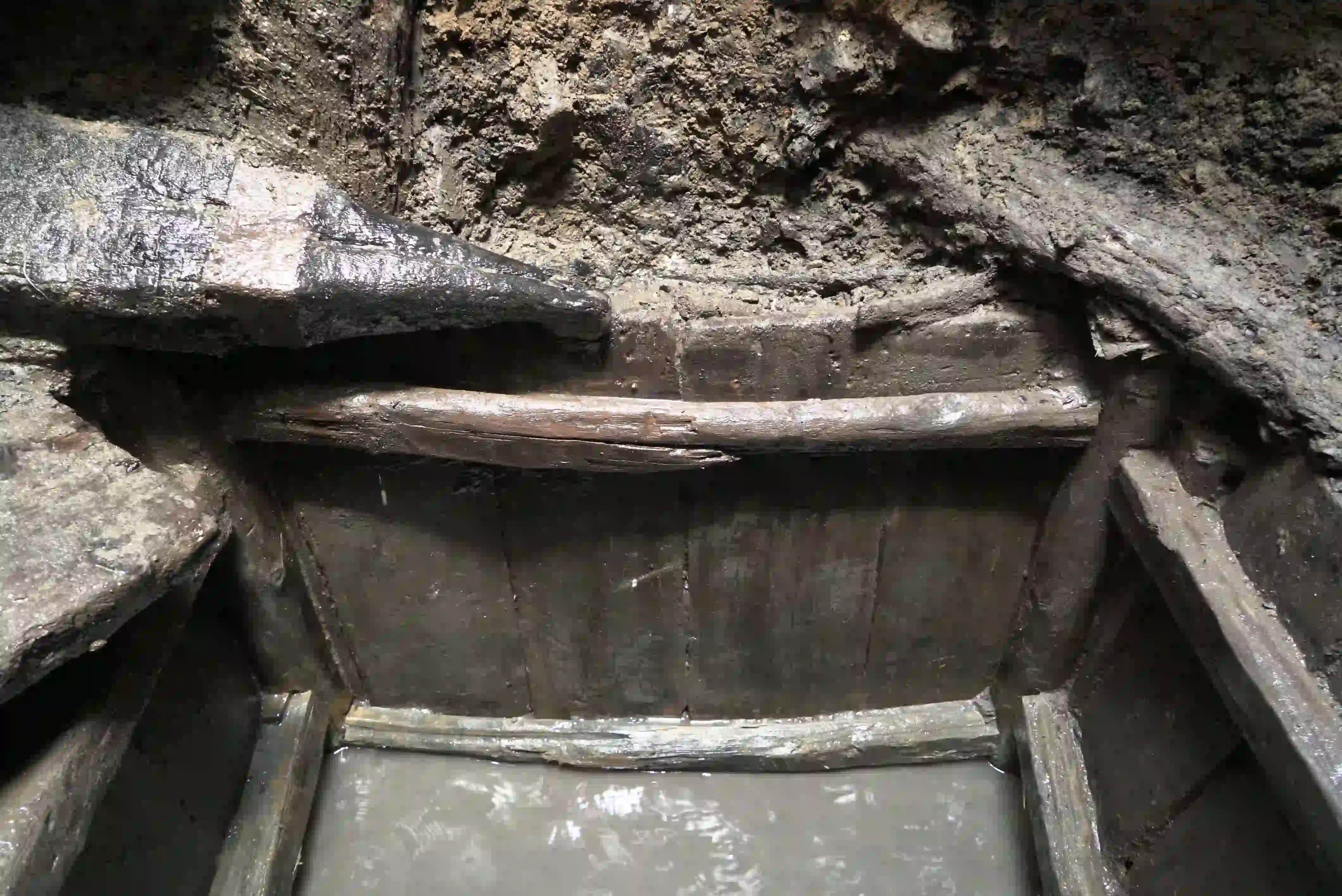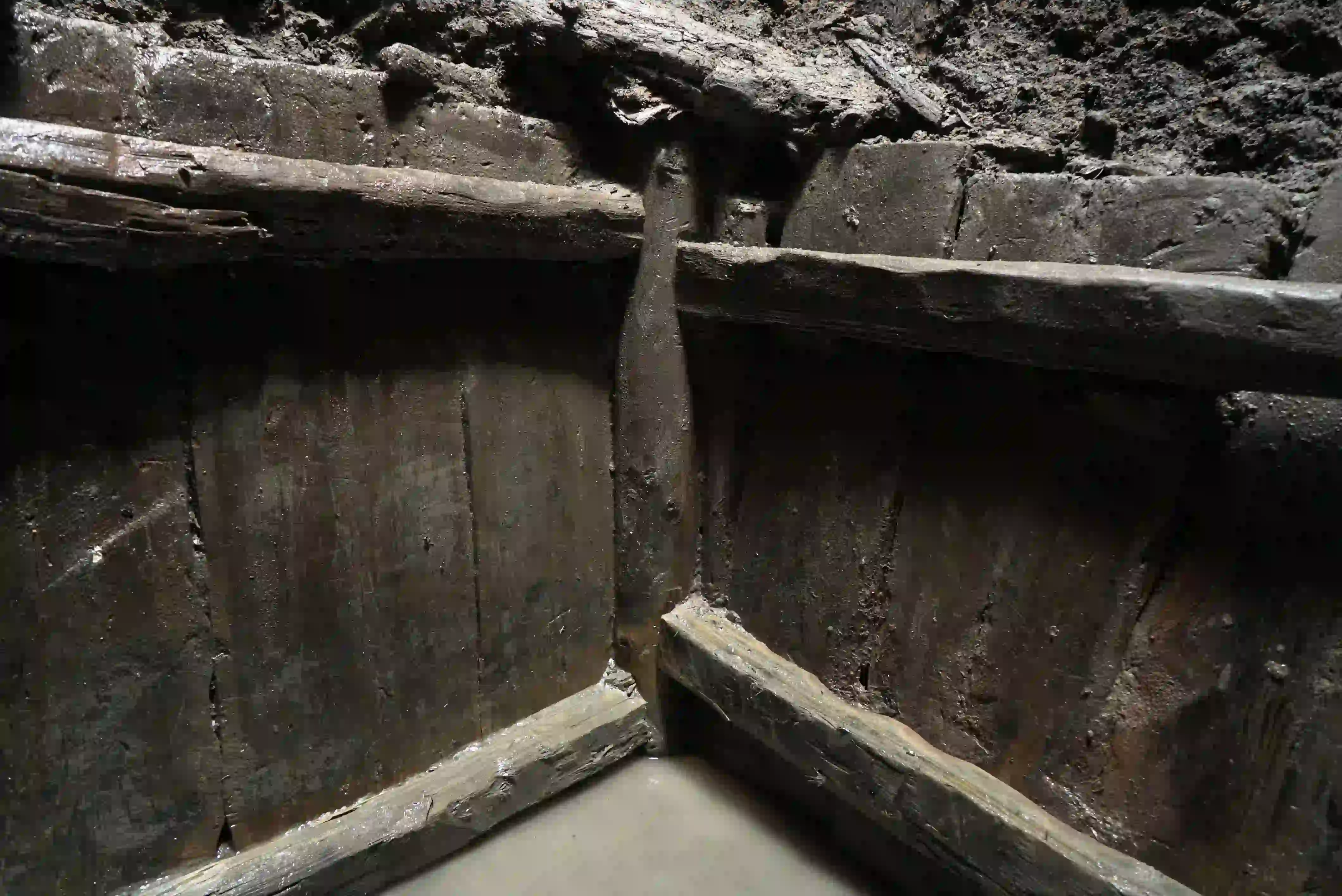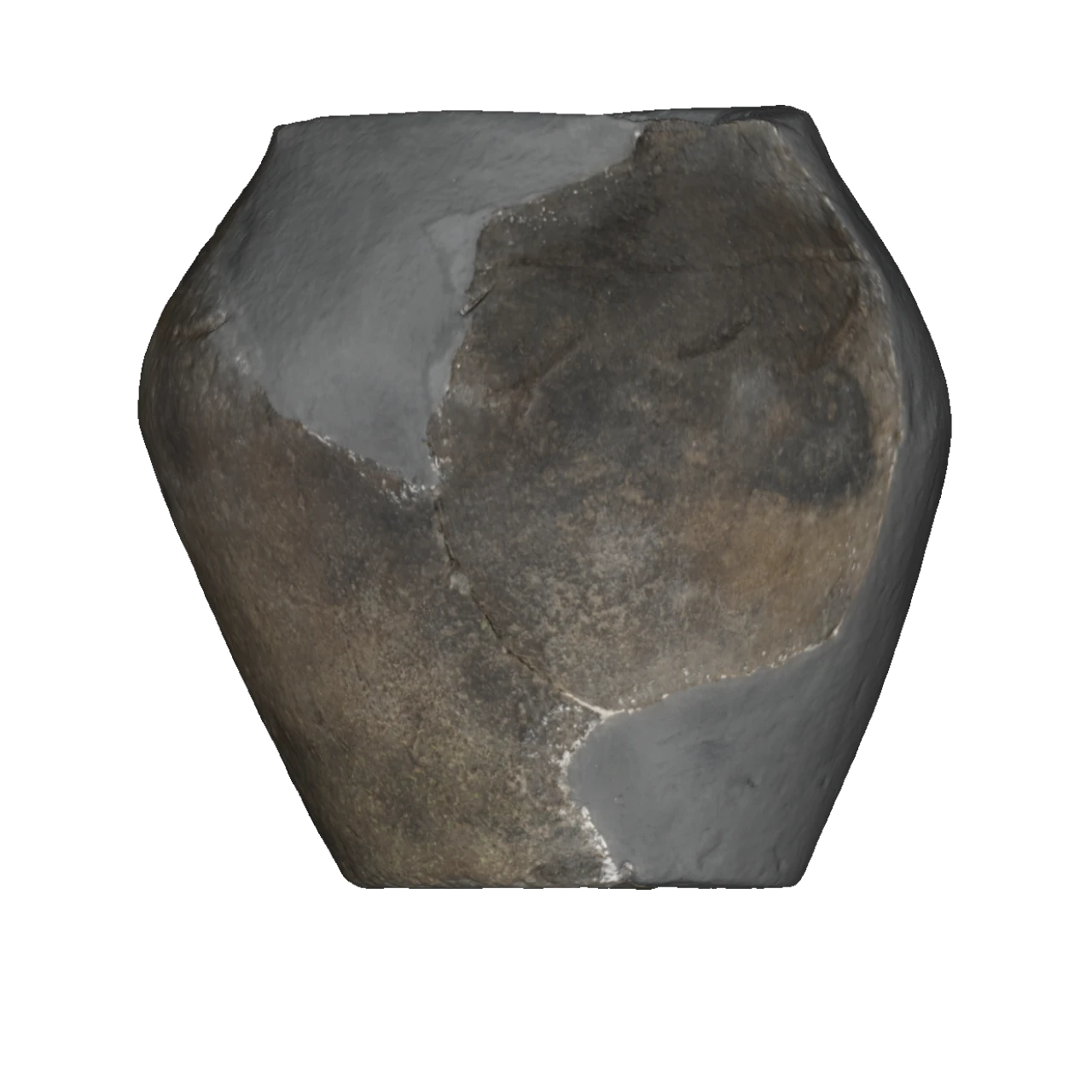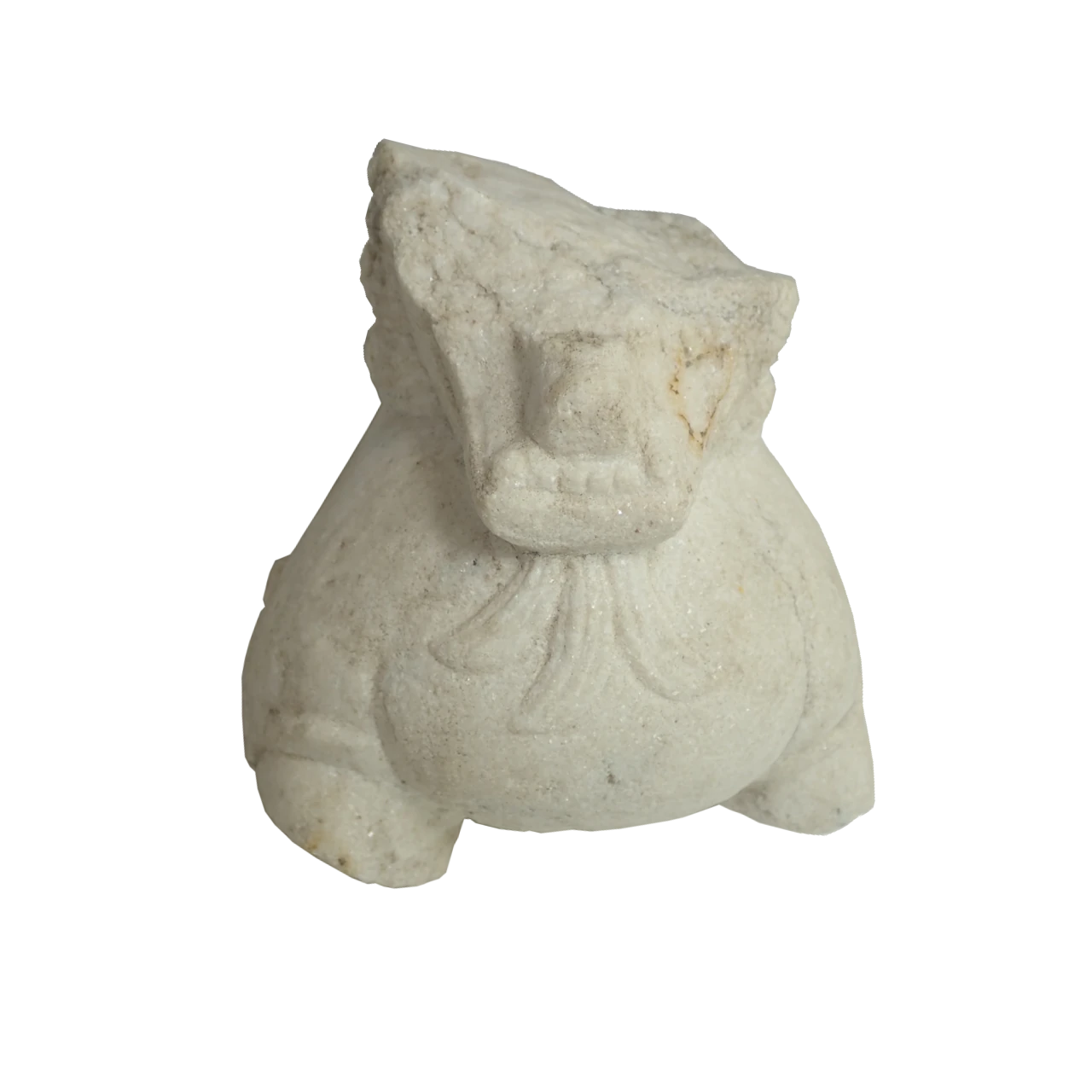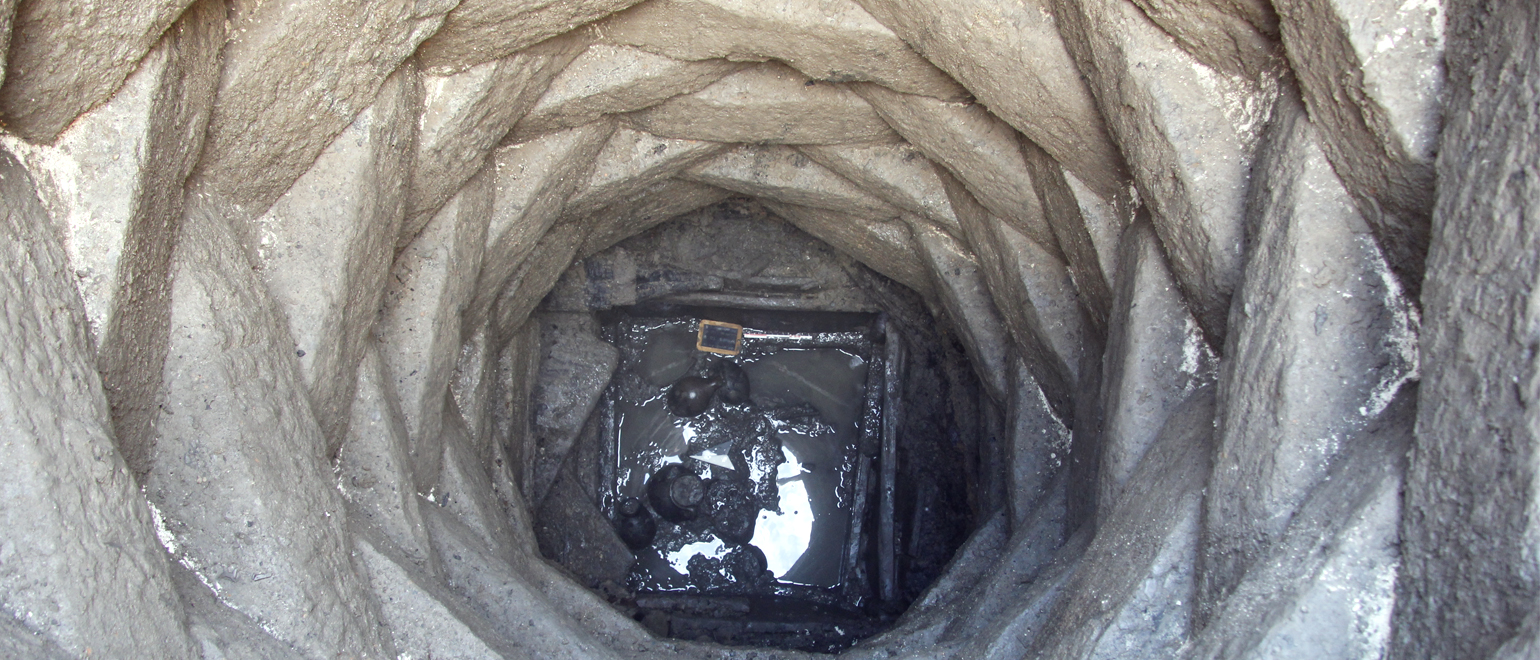
The Well
The well of the citadel of Karabalgasun, more than 13 metres deep, was discovered by chance and completely unexpected, and its excavation turned out to be a great archaeological adventure. With its elaborate construction and numerous well-preserved organic wet finds, it is almost unique in this region.
Discovering the Well
In order to finally clarify the location of the original walking level in the courtyard area of the citadel, an excavation cut was made in the centre of the citadel at the end of the summer campaign. However, it soon became apparent that there were gaps in the partially existing paving of the courtyard and that it was not continuous. Instead, layers of earth in the form of a pit extended further into the depths and initially revealed the remains of a complete bird skeleton, several vessels and some granite blocks, but we did not reach the bottom of the pit. This situation meant that, contrary to our original plans, we were unable to complete the excavation at the citadel and had to continue in the coming summer campaign in order to find an explanation for the unusual earth structures. The subsequent excavation campaign also ended unsatisfactorily, as the pit continued unabated into the depths. In the meantime, the excavation had also become increasingly difficult from a technical point of view. The soil was slowly transported upwards using bucket chains. In order to ensure sufficient safety and still be able to dig deeper, the upper part of the pit had to be widened again and again in order to have enough space to work at depth. It was only after more than 13 meters that we finally reached the solid ground and the secret of the pit was revealed – we had discovered the well of the citadel of Karabalgasun!
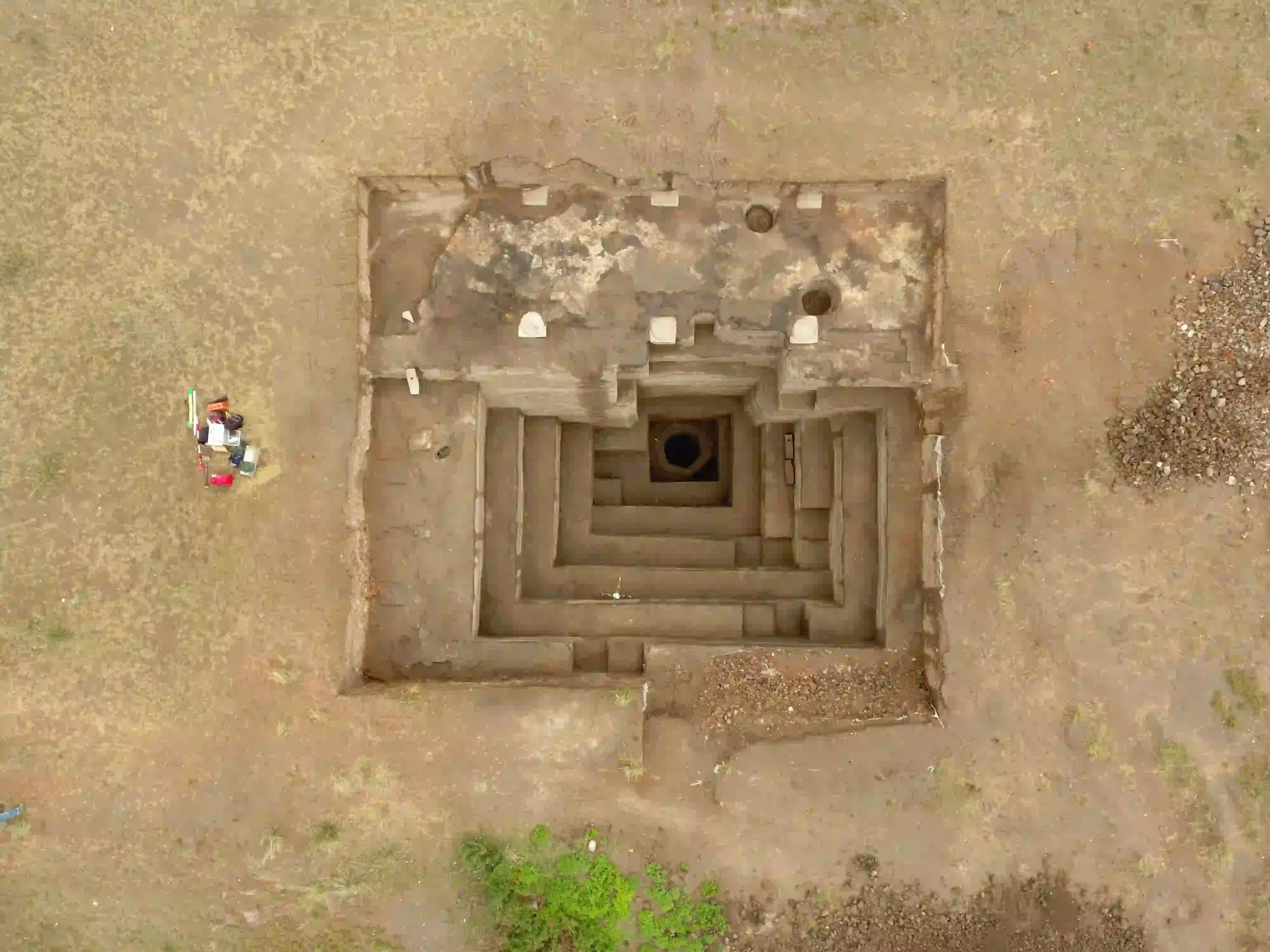
Well Construction
The well extends as an almost vertical shaft with an almost circular diameter of around three meters into the depths and is surrounded from a depth of 5.40 m by a 1.60 x 1.60 m rectangular wooden box structure, which is built into the rammed earth of the citadel. This rectangular wooden structure sits on a hexagonal stone setting of six cuboid granite stones in layers twisted against each other, which is already deepened into the in-situ soil of sandy river gravel below the podium. This twelve-layered stone setting is supported at the bottom by a total of five solid wooden posts, inside which there is a rectangular wooden box as an additional structural feature, which actually forms the water-bearing well box. This feature is therefore the oldest known part of the citadel.
Finds from the Well
This well shaft is filled with alternating layers of rubble and fire debris, in which broken bricks, burnt animal bones and the remains of building decorations and architectural elements can be found. Particularly noteworthy here are also fragments of “jade books”, i.e. polished stone tablets with Chinese characters encrusted in gold. With increasing depth, an increase in moisture could be detected during the excavation; in the lowest layers, the backfill finally consists of muddy soil with a strongly anaerobic character. It was precisely in these lower layers that numerous finds, especially organic material, were exceptionally well preserved. In addition to at least four almost completely preserved ceramic scoops, whose ruler reference is made clear by the depiction of the ruler’s mark of Moyon Chur, the second khan of Karabalgasun, the large number of jade book fragments or fragments of two stone lion representations also indicate the high quality of the material.
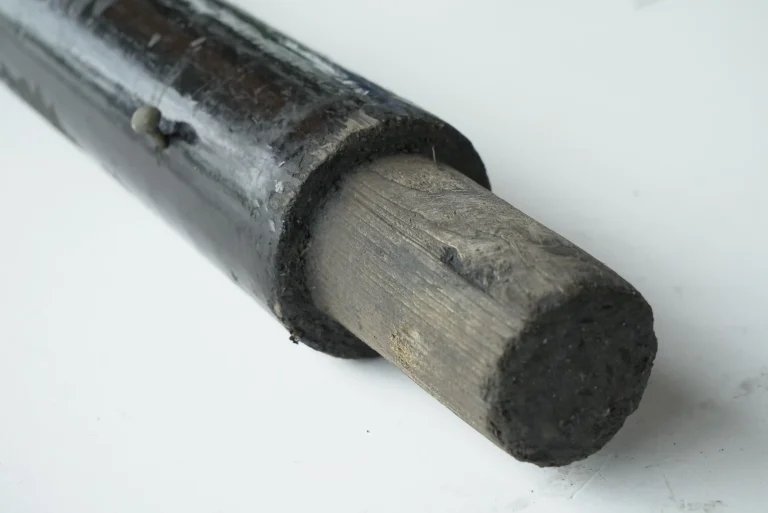
Artefacts from the Well in the Find Archive
Metal Finds
Metal finds such as a large iron lock with gilding and a bronze bell, which still rings today, were also found in an exceptionally good state of preservation. We would also like to highlight the well-preserved organic wood remains, which could have been used for structural purposes, but may also be the remains of a piece of furniture or similar. Two approx. 1.50 m long round timbers, which are painted black with floral motifs, as well as other painted wooden objects pose a particular challenge for conservation reasons. Although they have been exceptionally well preserved during their 1200 years in the well, the first signs of damage were already visible shortly after their recovery. In close cooperation with Mongolian and Japanese colleagues, the restoration of these wooden objects was completed over several years. Overall, the Karabalgasun well is an extraordinary discovery, both due to its construction and the special material found.
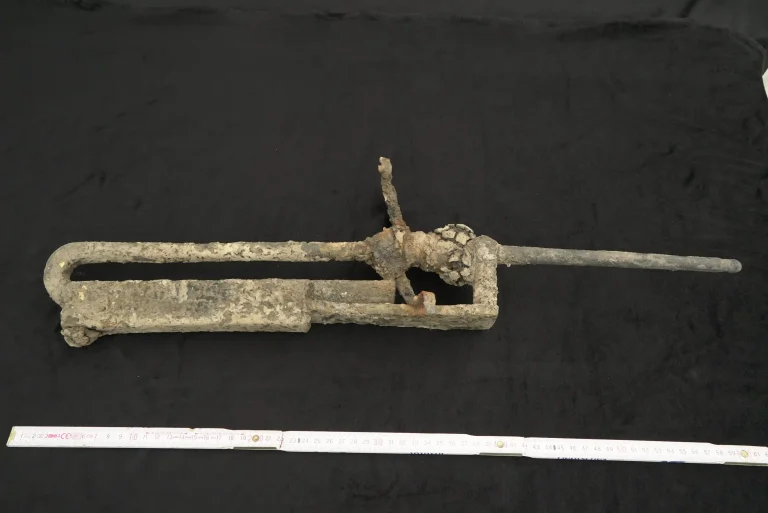
The Gold-Plated in the Find Archive
Description
A gilded castle of enormous size found in the well of the citadel of Karabalgasun. The lock is made of forged iron that was gilded over its entire surface.
Fragments from Another Time
